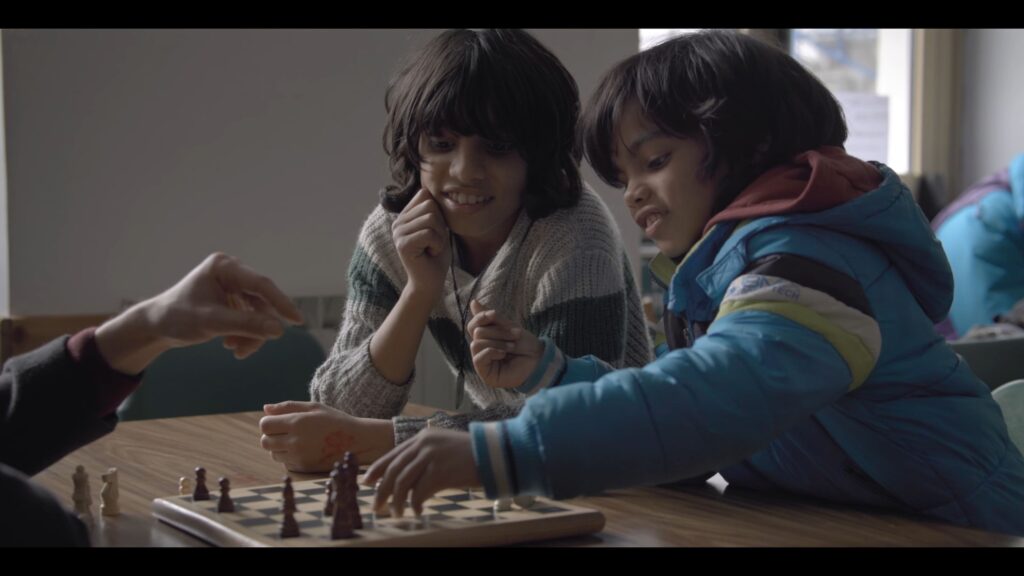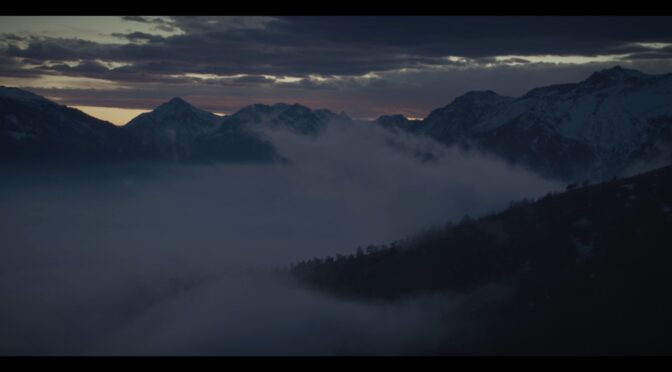Article by Marco Di Pasquale
Translation by Chiara Rotondo
Since we were kids, when being first shown a geographical map, political boundaries seemed so obvious and natural to us that we were ready to be tested at school. They may have changed over time, but they remain precise and defined at all times. Paradoxically, it is precisely when at the boundaries that we realise how much those lines we saw reproduced on maps are actually invisible, and how much the very concept of a border is artificial, aimed at reassuringly determining every aspect of our existence. It is in one of those places, in the municipality of Oulx, on the border between Italy and France, that Virginia Bellizzi observes the numerous fleeting passages of migrants in search of a better future.
The peculiarity and absurdity of political borders is exemplified by a sequence in which the director shows us a golf course: the ball can be hit by the club in Italy and land unimpeded on French soil. Not as simple are the movements of migrants, who are often rejected or slowed down by the bureaucracy and politics of the governments involved. The idea of constantly questioning the concept of borders binds every formal and content-related aspect of Virginia Bellizzi’s film. On the one hand, Oltre la Valle (“Beyond the valley”) presents itself as an observational documentary in which the stories of migrants and volunteers working for homeless shelters – who also cross over boundaries – are seamlessly mingled. On the other hand, the film employs archive materials which testify to the massive internal migration phenomenon in 1950s Italy, when people went from the south to the north. Bellizzi also dwells on the natural landscapes of the borders, explored by the camera that moves freely in long aerial panoramas, within which the concept of border completely loses its meaning.

This is therefore the very structure of the film, which is based on three very different visual levels that effectively carries the director’s discourse forward, questioning space-time and cultural boundaries. Following this, the moment when the two migrant children on whom the documentary focuses for so long are emblematically shown in 4:3 and in black and white. Two formats and two different ages that overlap, showing the spatial and temporal universality of immigration.

